IMPROVE MY GAME
Articles
5 Reasons Why Self-Directed Golf Fitness Programs Fall Short
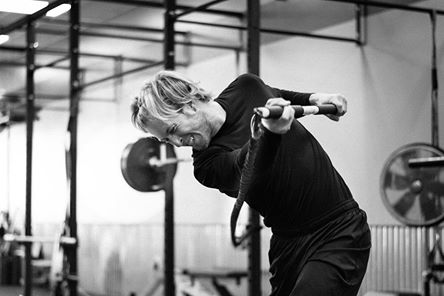
It’s rare these days to find a golfer who is serious about improving their game and doesn’t recognize that value of fitness in golf performance. That said, many serious golfers are relying on self-programmed workouts rather than working with a qualified professional to improve their games.
Even athletes with strong fitness backgrounds go wrong in building their own programs because of misinformation, misconceptions or lack of knowledge. The truth is the majority of these programs just don’t work; not because of how they are executed, but because of how they are constructed. In a vacuum, the exercises they are performing aren't bad, but in the context of their strengths and weaknesses, they are unproductive and sometimes even detrimental.
I’ve decided to offer my 2 cents why many of these programs fall short. Here are the common problems I’ll cover in depth:
- Lack of correctives
- Improper use of stretching
- Rushing into power training
- Lack of training in all three planes of motion
- Isolation instead of integration
1. Lack of Correctives
If you’ve spent any time with me, you know how much value I put in movement screening and corrective exercise. Everyone should be able to perform the basic human movements with little compensation and no major asymmetries (differences between left and right sides). No one starts working with me without first going through a movement screen. As I tell everyone, “The easiest way to make that sports car go fast is to take the parking brake off.” I’ve had plenty of clients, even high-level tour pros, gain yardage and/or club head speed just from corrective work.
Correctives are not the end goal, but they are a means to an end (which is strength and power training). Even the most intelligent self-directed workout programs are doomed from the outset because they almost NEVER include any sort of assessment. Sadly, this also applies to athletes who work with fitness professionals who don't implement assessments in their training
In addition to not identifying assymetry or dysfunction, the issues are often compounded by the fact that athletes tend to recycle their 10 favorite exercises.
Self-programmed workouts often consist of what you like to do, not what you need do. Don't neglect the fundamentals. pic.twitter.com/7XUOCeneXz
— TPI (@MyTPI) April 17, 2015
A good trainer or program will have an assessment and a corrective phase to correct assymetries and dysfunction before embarking on strength training. The greatest athletes in the world undergo screening and correctives, so should you (LeBron James and FMS co-founder Lee Burton going through the FMS).
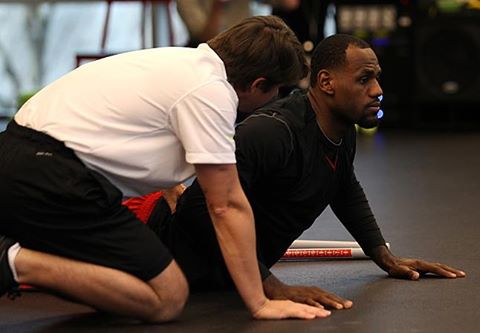
2. Improper use of Stretching
Everyone agrees that improving your range of motion can benefit your golf swing, but many trainers and self-directed programs pursue it in the wrong way. Stretching, for example, is a good thing, but often tightness is a joint mobility issue or even a stability issue. Don't assume that all tightness can be addressed by stretching.
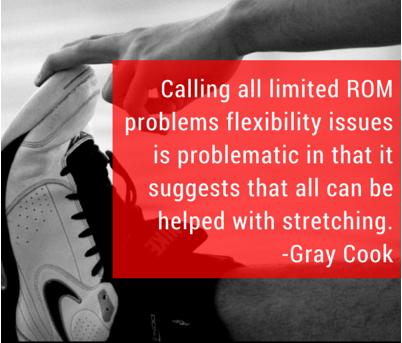
Worse yet, most people are stretching the wrong muscles! If you are stretching muscles that are already over-lengthened you are just making the imbalance in your body worse and will create more compensation.
Flexibility without stability is dangerous. Flexibility without strength and power is useless.
Stretch the right muscles (for you), and work on gaining mobility in the specific areas where you lack it. At some point you have enough mobility and need stability and strength training.
3. Rushing into Power Training
Most people rate their fitness based on how much weight they move, not how well they move the weight. The reality is that explosive activites can actually mask movement dysfunction.
An important aspect of responsible training and rehab is understanding the difference between low threshold and high treshold training. Essentially, low threshold strategies are stabilizing muscle contractions for postural control and joint centration. High threshold strategies are mobilizing muscle contractions for explosive movement and strength training.
TPI Certified member, Aaron Swanson, wrote a terrific piece about the importance of distinguishing between low and high threshold strategies. Low threshold strategies are the foundational, stabilization work which allow efficient and functional high-threshold activites such as leaping, sprinting and striking a golf ball.
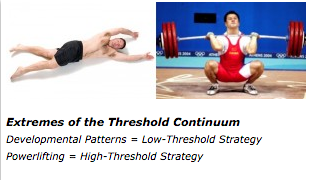
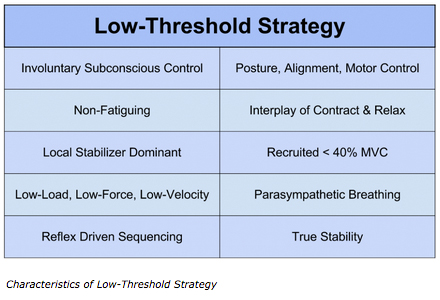
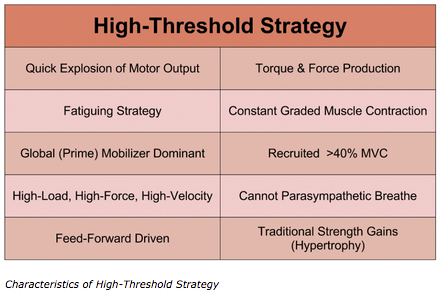
Low threshold strategies are often neglected in self-directed programs because athletes think they are tedious or unimportant. After all, why would you want to mess around with boring rolling patterns when you could be swinging a kettlebell or throwing a medicine ball.
Everyone wants to hit the ball further. I get it. 100% of the players that work with me gain distance, but you have to earn the right to do power training. Above, I said “flexibility without stability is dangerous.” Well, power training without the requisite flexibility, stability, and motor control is just as (if not more) dangerous.
You can’t show up to the gym and start throwing the medicine balls around without knowing what is going on inside your body first. This is where those movement screenings and corrective exercises I mentioned earlier come in. GET SCREENED! Fix your problems first!
I’ve had quite a few players gain distance in the first few weeks of training just by getting screened and working on the low threshold strategies I prescribed. No power training involved. Those were already very high-level players too. If it works for them, it’ll work for most players. Don’t rush the process!
Once you fix your limitations, add some raw strength. Power = Work/Time. You can only move light weights so fast. Shaving fractions of a second off that med ball throw (Time) won’t make as big of a difference as doubling your strength (Work). You can increase power faster, initially, by increasing work.
A good trainer or program will have a long term mindset and will train the prerequisites to power first.
4. Not Training in all Three Planes of Motion
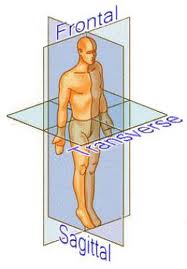
A little biomechanics here. There are three planes of motion: Sagittal (front to back), Frontal (side to side), and Transverse (rotation). Most training, especially traditional training, is Sagittal; forwards or backwards lunges, squats, deadlifts, pushups, rows, etc. A lot of golf specific training has either followed this trend or has gone too far the other way and makes everything transverse (adds rotation to everything). Golf is a rotational sport, but movement occurs in all three planes of motion at every joint in every phase of the swing.
As an example, as you go from address to the top of your backswing lets see what happens.
Trailside Ankle: plantar flexes (sagittal), everts (frontal), internally rotates (transverse).
Trailside Knee: extends (sagittal), adducts (frontal), internally rotates (transverse).
Trailside Hip: flexes (sagittal), adducts (frontal), internally rotates (transverse).
Lumbar Spine: extends (sagittal), lateral flexion to trailside (frontal), relative rotation to trailside (transverse).
Thoracic Spine: extends (sagittal), lateral flexion to leadside (frontal), relative rotation to trailside (transverse).
We’ll stop there and not get into the neck, shoulders, elbows, wrists or leadside biomechanics. You can clearly see motion is happening in all three planes in every joint so you have to train that way! You MUST incorporate all three planes of motion as well as combinations of multiple planes into every session. One of my favorites (my players can attest) is lunging and reaching. There are an almost infinite number of combinations depending on what you want to emphasize (or deemphasize): Sagittal lunges with sagittal reaches, sagittal lunges with frontal reaches, transverse lunges with sagittal reaches, frontal lunges with transverse reaches, etc. You get the idea. What about a transverse shoulder press? Or positioning your feet so you have a front plane lower body load combined with that transverse shoulder press?
5. Isolation Instead of Integration
 If your program looks like this: chest on Monday, arms on Tuesday, back on Wednesday, legs on Thursday, etc., you need to reconsider what you're doing. This is less prevalent today, but still something we see, especially around commercial gyms. This is an old school way of training and is only really suitable for body builders.
If your program looks like this: chest on Monday, arms on Tuesday, back on Wednesday, legs on Thursday, etc., you need to reconsider what you're doing. This is less prevalent today, but still something we see, especially around commercial gyms. This is an old school way of training and is only really suitable for body builders.
In golf, we want all your muscles integrated and working together; it makes no sense to try and isolate and work single muscles at a time when training. In athletics, your body has to work as a coordinated unit so you must train that way.
In conclusion, golf fitness programs, if done correctly, are a huge benefit to every golfer. There is NO reason someone looking to better their game should try to expose themselves to the risks of writing their own program.
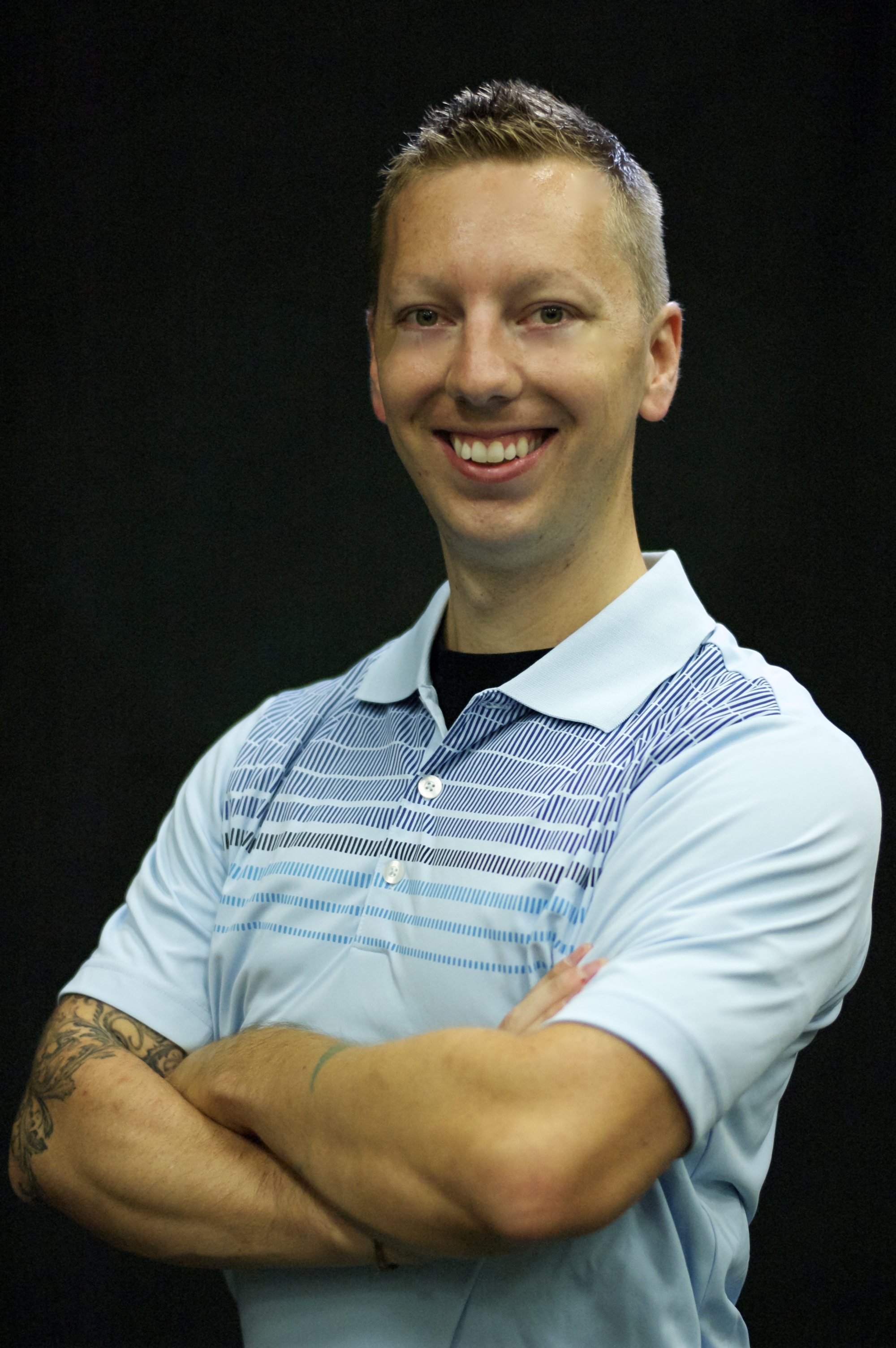
Ryan Blackburn is the owner of Orlando Golf Performance in Orlando, FL. He works with golfers on every major tour as well as college and amateur players. He holds multiple certifications in the field of functional movement and athletic performance.
Website: www.OrlandoGolfPerformance.com
TPI Profile: http://www.mytpi.com/experts/Blackburn.ryan@gmail.com